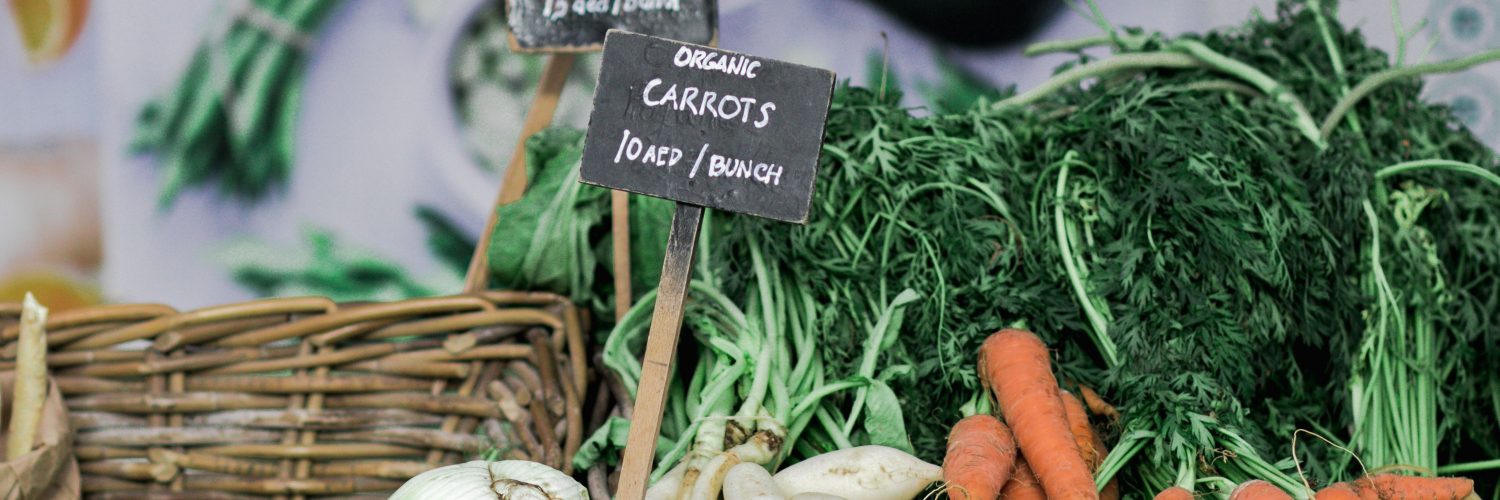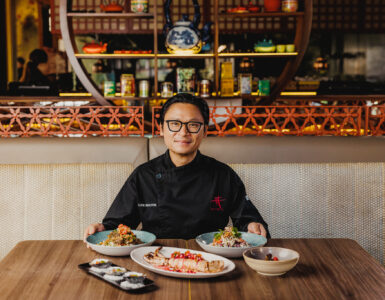Eco warrior and Executive Chef Peter Robertson – who runs a zero-single-use-plastic kitchen at The Star Sydney – shares his top tips on making your home kitchen more planet friendly.
Eat local, in season foods
This is an easy way to ensure you’re not eating foods that have travelled a long way to end up in your shopping basket. Not only does this guarantee that the food your buying has a smaller carbon footprint, but also that you’re eating foods that have been locally grown and typically taste better and are fresher as they’ve had to travel less. But how can you to tell if what you’re shopping has been imported?
“I think a little focus goes a long way,” says Peter Robertson, Executive Chef at Flying Fish. “Anything imported will be labelled as such, generally speaking. If it looks good and isn’t the most expensive thing in the grocery store, then it’s probably in season. Shipping ingredients from a long way away tends to impact the quality and adds to the cost per kilogram.” This has never been more important with the recent effect of the bushfires that wreaked havoc along the east coast of Australia. Shopping and sourcing locally grown foods will help revive the communities that need it.
Robertson recommends sourcing oysters from the Australian Oyster Coast that represents farmers up and down the east coast, with a heavy focus on the area south of Shoalhaven through to the Victoria border. With the water temperature dropping we see an increased quality in most Aussie seafood. “We should also have a cracking wild mushroom season, so keep an eye out for those and root vegetables this autumn,” suggests Robertson.

Eliminate single-use plastics
It may seem a little daunting to give-up cling wrap and other single use plastic, but with so many modern alternatives available it’s actually never been easier. A quick switch is to package all leftover foods in reusable glass containers. If you don’t have any glass containers handy, you can also opt for bowl covers or beeswax wraps, which are both reusable.
Another easy trade to make is plastic straws for metal alternatives, which will stand the test of time. Making these small changes will lessen the impact your home cooking habits having on the environment, but also on your wallet. “Reusable replacements cover the purchase price with time,” says Robertson. “By not cooking in plastic bags we tend to use more stocks and oils to braise or confit, as an alternative.”
Shop less
This may seem like an obvious one, but if you buy less food, your waste will be minimised. “Buy less, but better quality,” says Robertson. “It’s one simple thing that can create a huge impact. You’re supporting producers and artisans implementing best practice and reducing your food waste.” Two birds, one stone.
Another way to reduce waste, is to look at how you are using produce and whether you’re using every bit. For example, when buying a whole fish are you using every part of it? You can roast the whole fish or filet it and keep the head in the freezer to use in the future as broth for a soup.

See Peter Robertson in action in his zero-single-use-plastic kitchen at Flying Fish at The Star Sydney.














